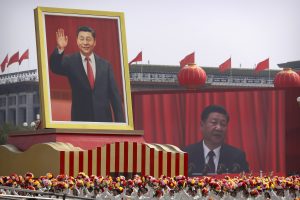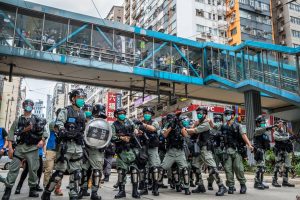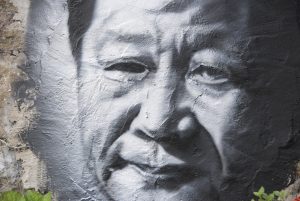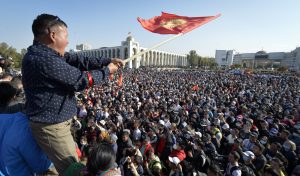By Abhijnan Rej

Reuters reported on October 9 that Pakistan has blocked the popular social media app TikTok in the country. It quotes a statement from the Pakistan Telecommunications Authority (PTA) as saying that the decision was taken “[i]n view of number of complaints from different segments of the society against immoral and indecent content” on the app. With this decision, Pakistan joins arch-rival India which blocked TikTok, along with a number of other apps of Chinese origin, on national-security grounds late June this year. The Trump administration too tried to ban the app, along with WeChat, on August 7 if they were not sold to an American firm by ByteDance and Tencent, respectively, within 45 days. A federal judge has blocked the ban from coming to effect.
Over a short span of three months, the short-video app famous for carrying dance videos has unexpectedly come under geopolitical spotlight. While India and the United States’ push was explicitly tied to both countries’ tense relationships with China, Islamabad and Beijing have long considered each other “iron brothers.” Pakistan, arguably, is China’s closest military ally, as both countries seek each other’s help to maintain sustained strategic pressure on India. The China-Pakistan Economic Corridor (CPEC) is the flagship project of the Belt and Road Initiative (BRI).













